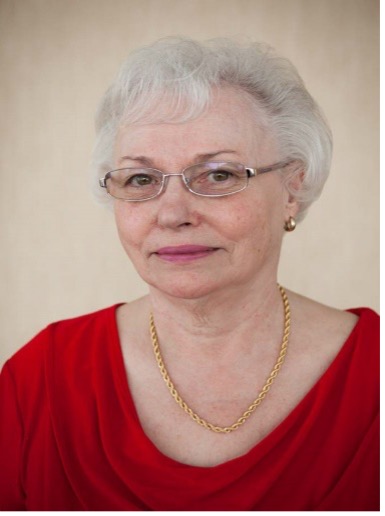Water and Heat: Less common risks for fall-related injuries
Water and Heat: Less common risks for fall-related injuries
By Marguerite Oberle Thomas, RN., BScN.
Many of us know that falls are predicable and preventable. We also know the common things to avoid such as scatter mats, poor footwear, unsafe stairs and bathroom hazards. Ideally, common knowledge also suggests that we maintain great health, pay attention and remain careful not to move too fast. But some risks are lesser known.
Each year in Canada in November, the national Fall Prevention Month campaign offers resources and suggestions for activities to support individuals, groups and communities to come together to help both children and seniors avoid fall-related injuries. For this eighth annual Fall Prevention Month campaign, sponsored by the national injury prevention charity Parachute, we are discussing less commonly known risky situations that can lead to a fall: being near water and experiencing extreme heat.
Falling and drowning
The Royal Life Saving Society of Australia looked at 10 years of data, analyzing the contributing factors in almost 600 drowning deaths in those aged 65 years and over. In most cases, fall-related drowning in older people occurred at or close to home. There were 116 deaths where people fell into the water, around a third in a swimming pool and a further third in a river or creek. A pre-existing medical condition was known to be present in 89 per cent of drowning deaths, most commonly cardiovascular (72 per cent and dementia (22 per cent). Also included was impaired mobility, including episodes of dizziness and light-headedness. Medication was known to be present in 60 per cent of the deaths and alcohol in 19 per cent of deaths. There were also environmental hazards such as steep or slippery surfaces near water and poor lighting, making it more difficult to see obstacles.
Falling and extreme heat
Here in Canada, Dr. Glen Kenny, Director of the Human and Environmental Physiology Unit at the University of Ottawa, is working on determining the temperatures at which people could be more susceptible to heat illness and death inside their homes. Dr. Kenny’s team determined that older adults, or those with chronic conditions, don’t perceive or respond to the effects of heat in the same way as younger people. They may feel less affected, causing an inability to perceive the threat to their health when exposed to extreme heat. Prolonged exposure to indoor heat may cause older adults to feel generally unwell. Their blood pressure can drop, putting extra stress on the heart. Even doing something simple such as getting up from a seated position when exposed to extreme heat poses a greater risk of a fall-related injury.
Lowering the risks of falling
· Maintain regular checkups with your healthcare provider
· Include medication reviews as a health measure
· Participate in regular exercise to maintain strength, balance and flexibility
· Check on loved ones if you are a caregiver
· Be aware of the signs and symptoms of heat illness
· Use strategies to keep cool such as cool wet towels and lukewarm baths and foot soaks
Check out the Fall Prevention Month website www.fallpreventionmonth.ca for further information to help health care workers, seniors and caregivers of both seniors and children aged 0-6.

Marguerite Oberle Thomas, RN., BScN.Consultant - LiaisonFall Prevention Community of Practice(226)-889-6995 | mthomas@parachute.ca
Marguerite Oberle Thomas, RN., BScN., is the Consultant Liaison for the Fall Prevention Community of Practice sponsored by the national injury prevention charity, Parachute. She is also a senior devoted to preventing fall-related injuries and promoting optimal care for all seniors. For further information, please contact her at mthomas@parachute.ca
Additional resources:
Royal Life Saving Australia - TRIP HAZARD: REPORT SHOWS FALLS A DROWNING RISK
Extreme heat events: How to protect yourself
Human and Environmental Physiology Unit, University of Ottawa
